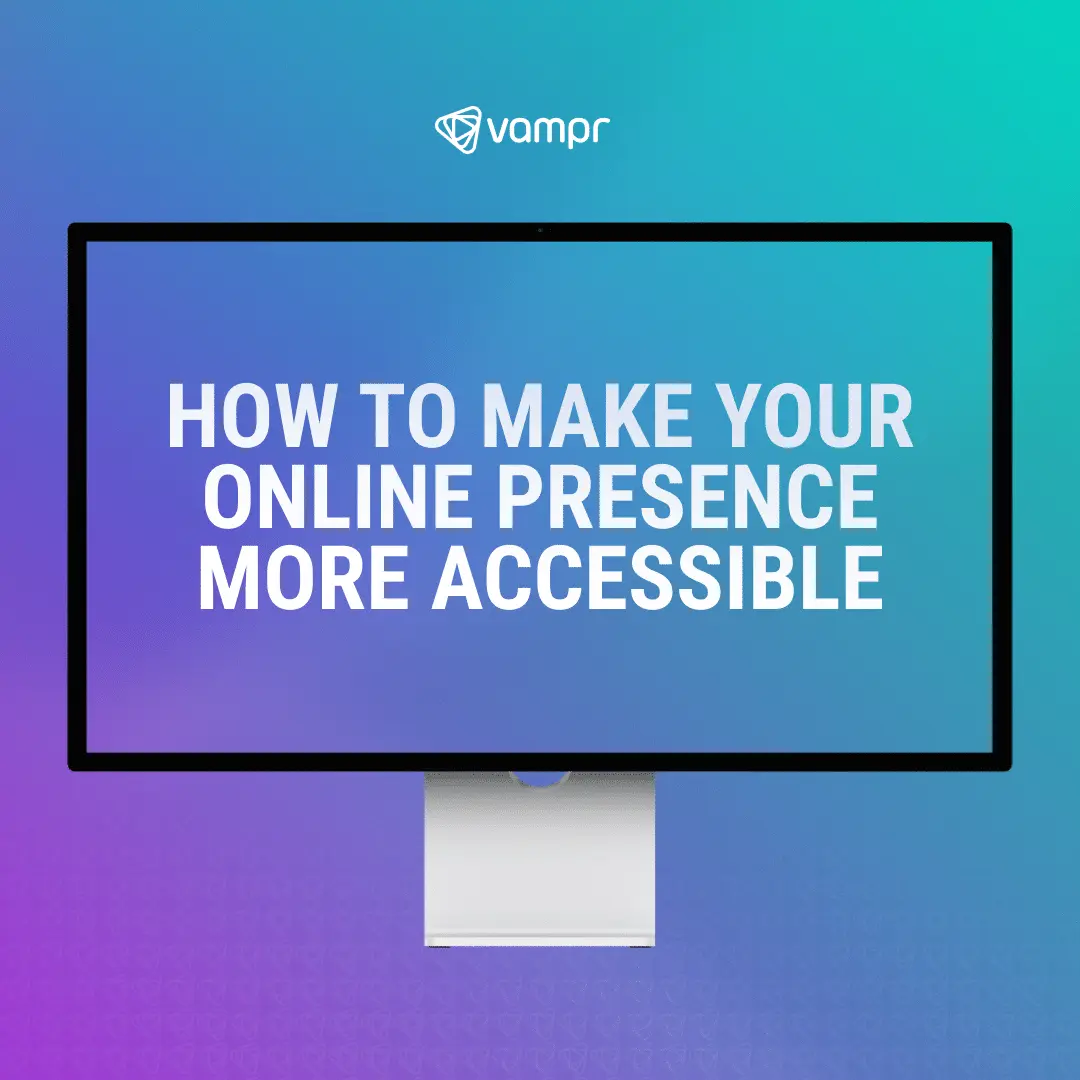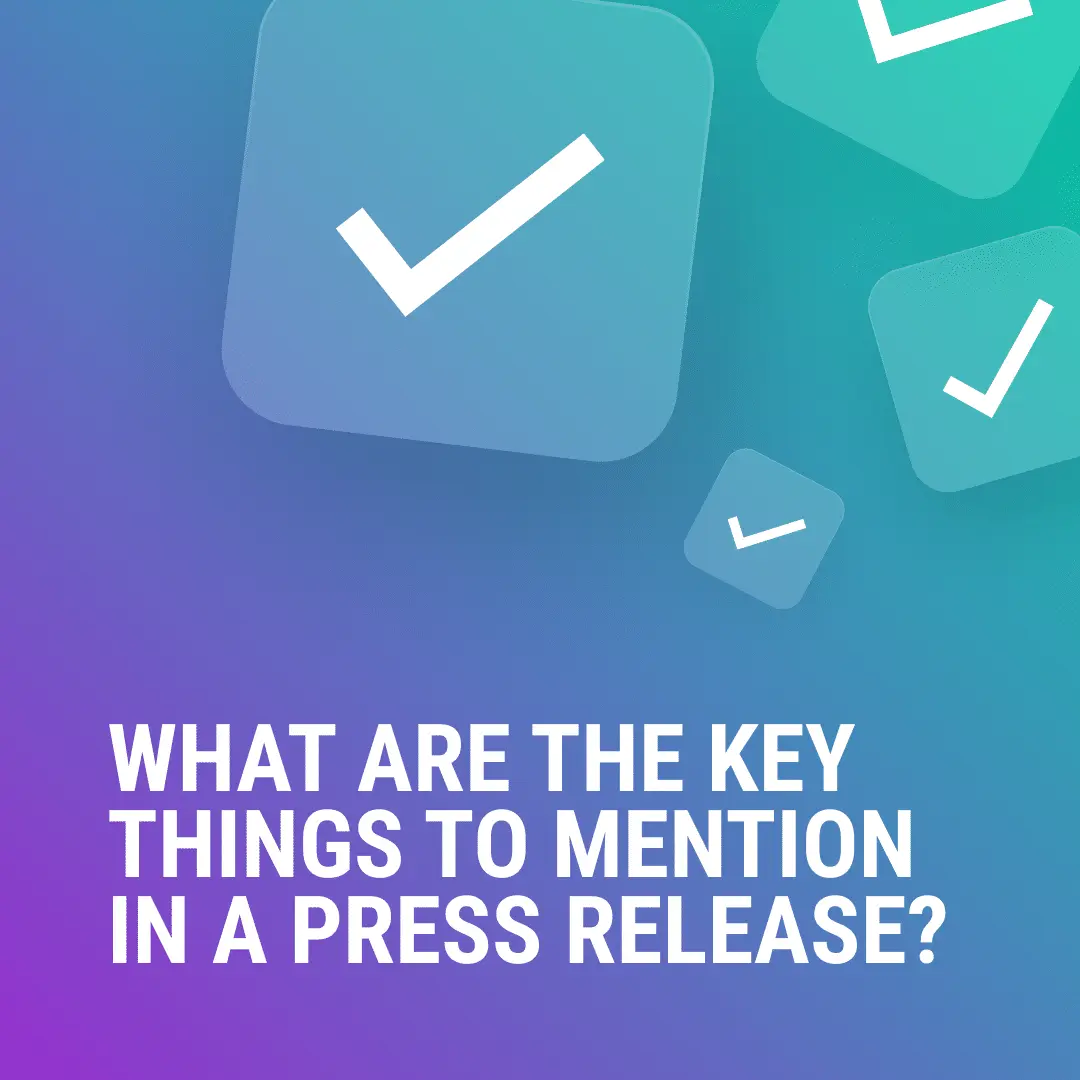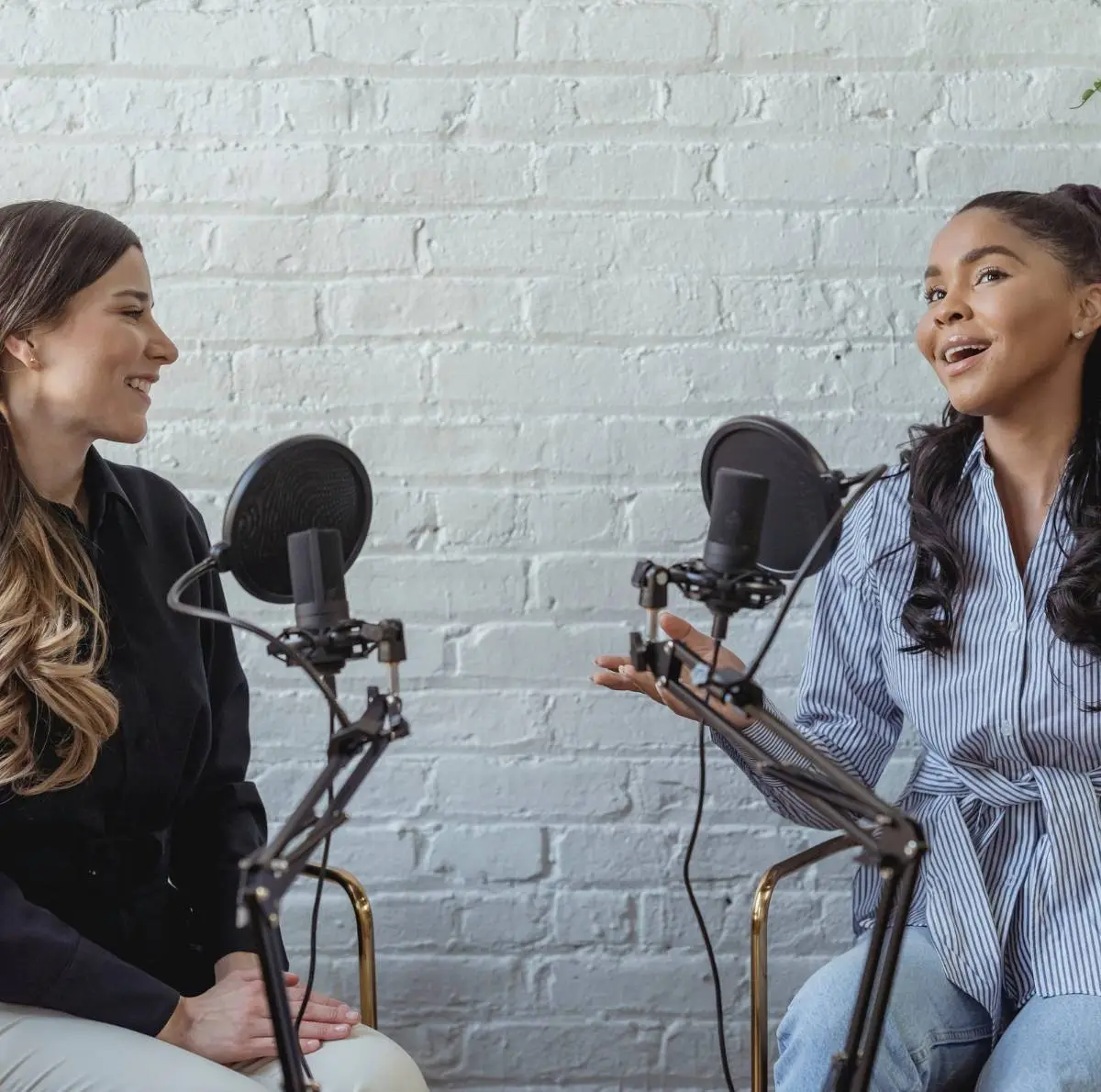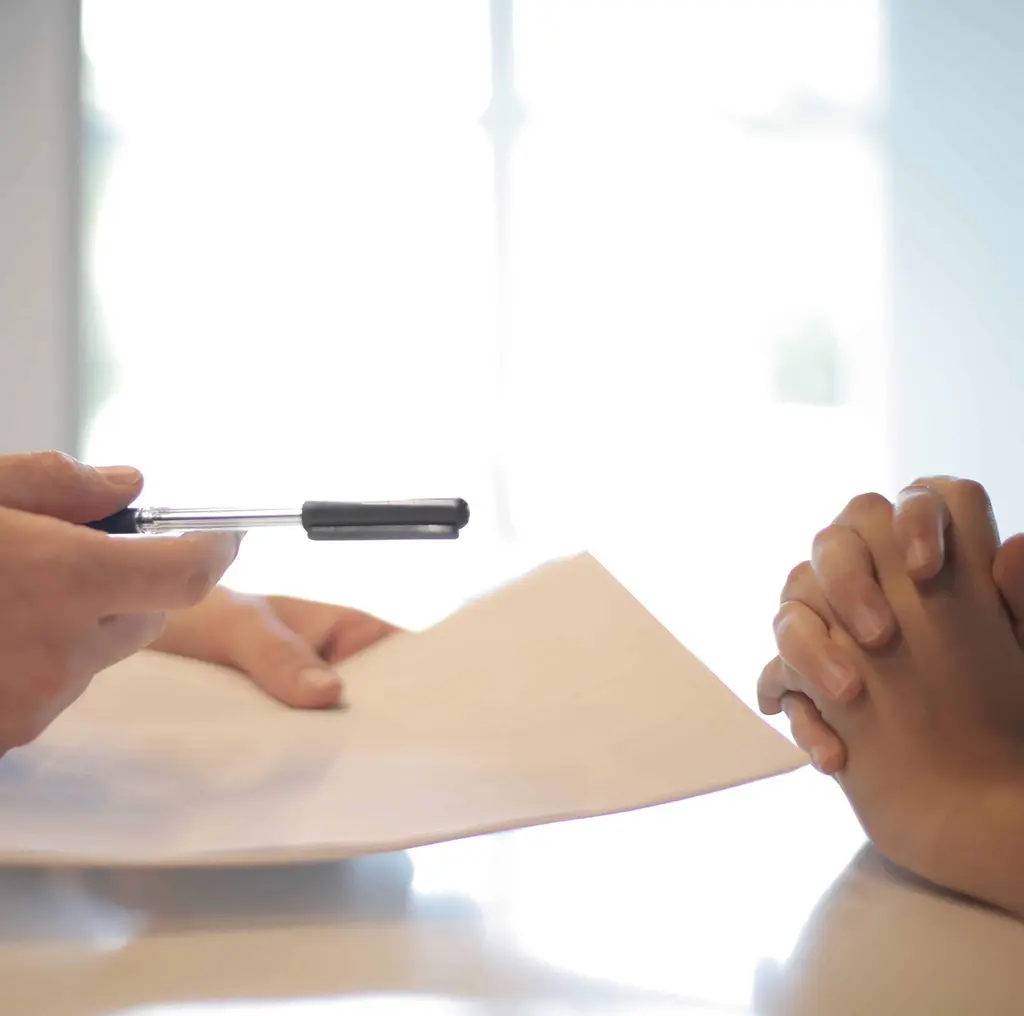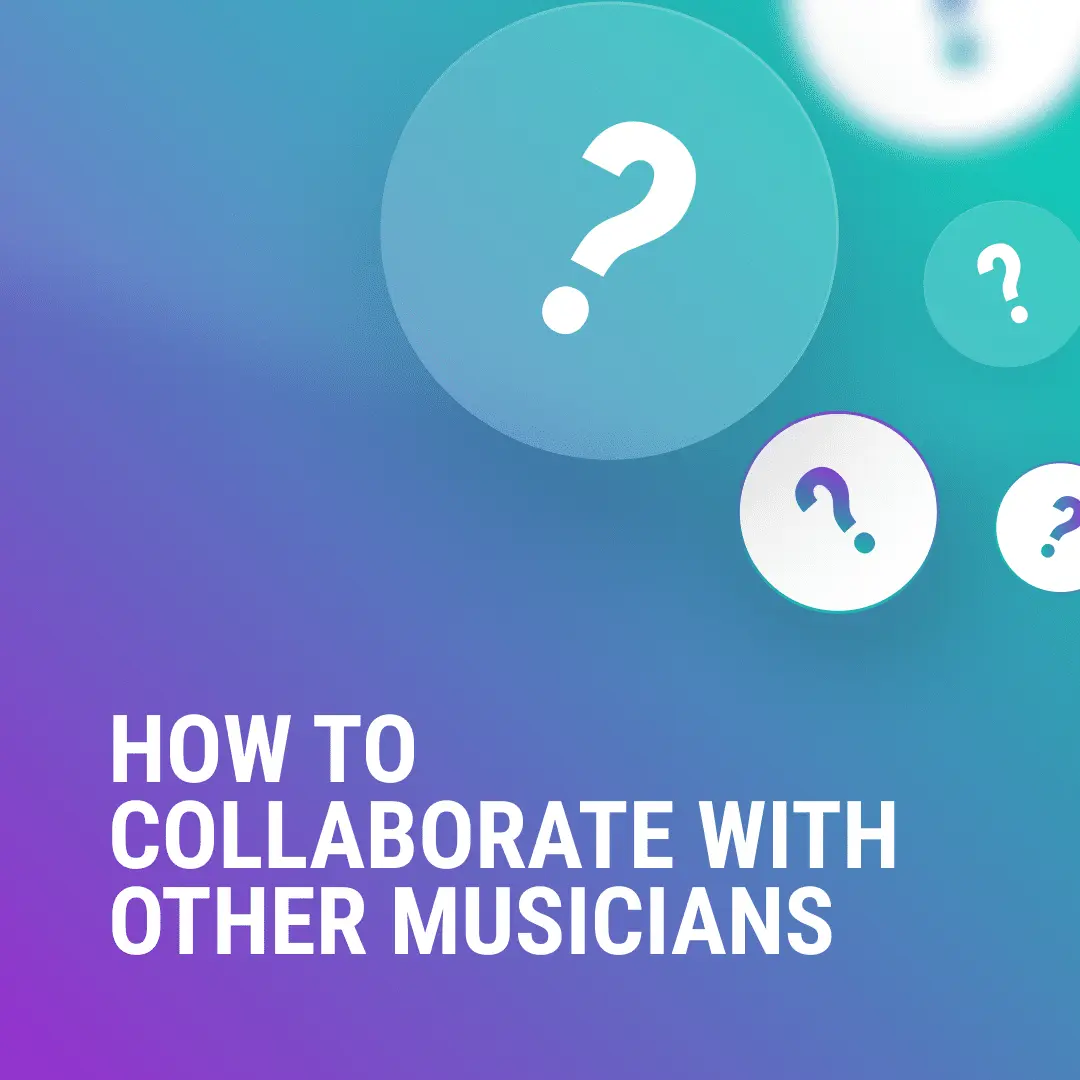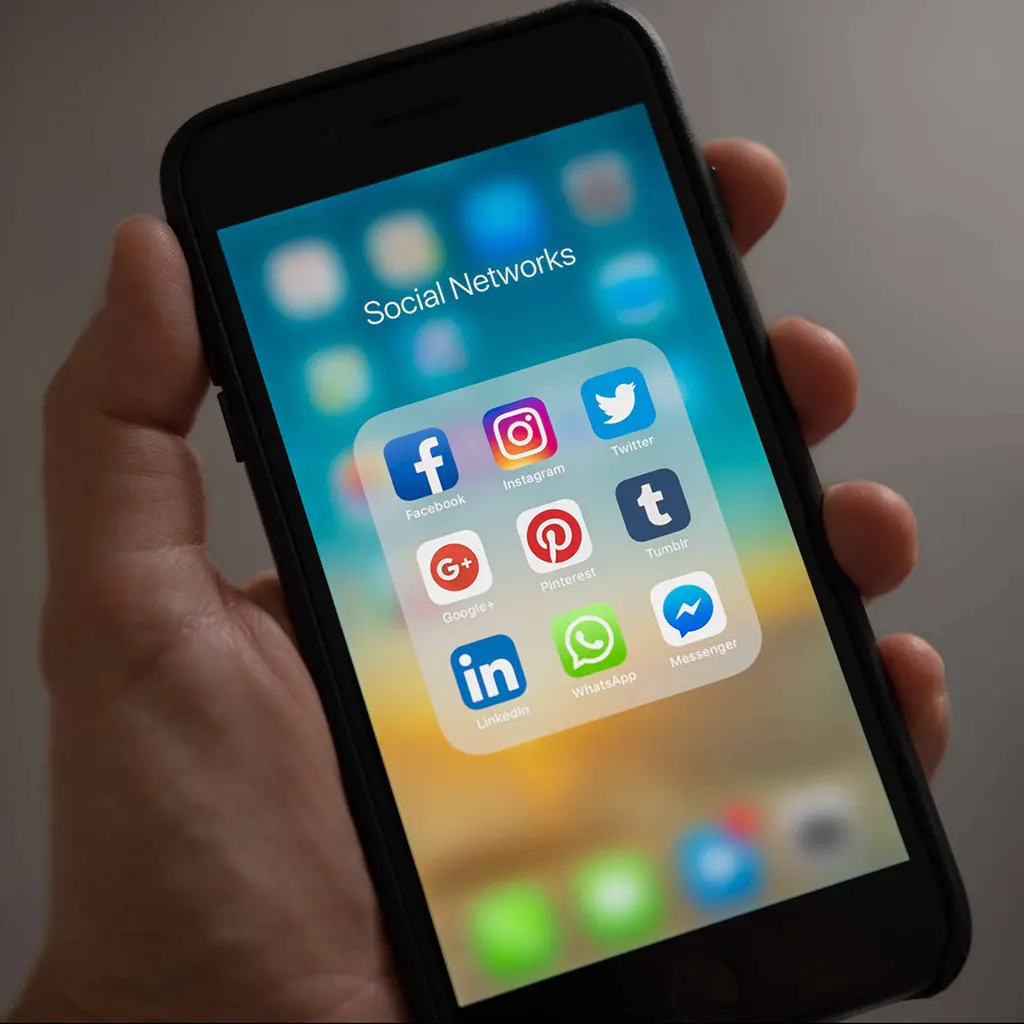What level of accessibility is your online content? It is important that we think about the audiences who want to engage with us online. Can they easily access information about you as needed? This can be achieved by putting some standard practices into play.
What is accessibility?
“Accessible” means a person with a disability is afforded the opportunity to acquire the same information, engage in the same interactions, and enjoy the same services as a person without a disability in an equally effective and equally integrated manner, with substantially equivalent ease of use. The person with a disability must be able to obtain the information as fully, equally, and independently as a person without a disability.”
Is your online activity structured in a way that allows ease of access?
Inclusive and accessible language.
Disability or disabled can feel like a scary word. Is it politically correct to use the word disabled?
Absolutely. Disability is not a bad word. It’s a word that describes a proud community of incredible people. The disabled community is the one group that any race, gender, or diverse person can be a part of. It’s the one group that spans beyond who you are and what you look like. It is also the one group that we should all strive to be a part of later in life. If you become old enough, you will likely join this community. So why don’t we have more representation, more inclusion, and more access for such a large group of people?
What language should I use when referring to people with lived experience?
- Deaf or hard of hearing
- Blind or low vision
- Short statured
- Wheelchair-bound
- Neurodiverse
- Person with disability or disabled person depending on the preference of the individual.
Whenever in doubt, ask someone with lived experience!
Online Accessibility.
Statistics from World Health Organization (WHO) show that 20% of the population is disabled. If you exclude people with disability, you are ignoring a large part of the population who could be your personal super fans. Those people could bolster your audience drastically if you are inclusive.
Practices you can implement to improve accessibility include but are not limited to:
- Website access tools
- Image Descriptions
- Alt text
- Capitalized hashtags
- Subtitles
- Closed captions
- Accessible live-streaming
- Championing other disabled artists on your channels
- ASL interpreters on digital events or on live recorded events
- More representation
Website accessibility.
It is important that anyone with a disability can access your website and change the formatting so that it can be made accessible for them. A great tool for this is User Way. User Way allows you to incorporate some code into your website that presents as a widget for the website visitor. When clicked, this icon offers an array of options to make the website more accessible.
These options include:
- The ability to adjust website contrast
- Highlight links
- Bigger text
- Wider text spacing
- Pause animations (for anyone with epilepsy)
- Dyslexia friendly adjustments
- A larger curser
- Line height for text
- Text alignment
- Saturation
There is a free and paid version of this tool.
Accessible image and video descriptions.
Video content is the most popular and engaging form of content in the current digital landscape. Don’t you think everyone should be able to access the content that you and everyone else has been sharing?
Image/video descriptions are textual descriptions of visual content such as images, videos, or graphics. They are intended to provide information about the visual content to individuals who are blind, have low vision, or have other disabilities that prevent them from perceiving the visual content.
These Image descriptions can be added to digital media, such as websites and social media posts to make the content more accessible to all users. They should be concise and descriptive, providing enough information to convey the purpose and content of the image.
They can also be used to enhance search engine optimization (SEO) and improve the accessibility and usability of websites and digital content for all users. They are an important aspect of web accessibility and inclusive design, helping to ensure that digital content is accessible to everyone.
Include alt. text.
Ever hovered your mouse over a spot where an image should be but it is coming up blank and all that you see are some words describing what should be there? Imagine you haven’t ever been able to see that image. Alt. text is there to help describe what you might not be able to see.
Alt text, also known as alternative text, is a textual description of an image that is used to provide information about the image to users who may not be able to see the image. Alt text is typically used by screen readers and other assistive technologies to help visually impaired users understand the content of an image.
This text should be concise and descriptive and should also be relevant to the context in which the image appears. Alt text can be added to images in HTML code and should be included whenever an image is used on a website or in other digital content. This is the main difference between image descriptions and alt. text.
Including alt text is crucial as it is an important aspect of web accessibility and inclusive design, as it helps to ensure that all users can access and understand the content of a website or digital media.
Capitalized hashtags
It might be easy to type your hashtags in all lowercase letters, but those extra seconds you take to capitalize them properly could mean the difference between someone being able to understand your hashtags or not.
Capitalized hashtags are hashtags that use capital letters to distinguish between words within the hashtag. For example, #BlackLivesMatter is a capitalized hashtag that uses capital letters to differentiate between the words “black,” “lives,” and “matter.”
The Capitalization is often used to make the hashtag more readable and understandable, specifically when it comes to accessibility and particularly if the hashtag contains multiple words. Capitalizing each word in the hashtag can also help to improve its visibility on social media platforms, as some platforms use algorithms that recognize capitalized words as separate keywords.
It’s worth noting that while capitalization can make a hashtag more readable and recognizable, it doesn’t affect how the hashtag is used or searched for on social media platforms. Users can search for a hashtag whether or not it’s capitalized.
Live-streaming and ASL interpreters.
Have you ever held a live-stream event? It was all the rage during the pandemic… and also the only option. Did it occur to you to incorporate some accessible tools to make the event more inclusive?
Accessible live streaming refers to the practice of making live video content, such as webinars, conferences, or live events, accessible to people with disability. This includes providing accessibility features such as closed captions, sign language interpretation, and audio descriptions, as well as ensuring that the live stream is compatible with assistive technologies such as screen readers.
Here are some tips for creating accessible live streams:
Subtitles are textual versions of the dialogue or narration in a film, television show, or video. They are intended to provide a written representation of the spoken words, allowing viewers who are deaf or hard of hearing to understand the content. Subtitles can be displayed either on the screen, as part of the video itself, or as a separate file that can be turned on or off by the viewer.
They can also be used to provide translations of dialogue that is spoken in a language other than the primary language of the video. This is often referred to as “closed captioning” or “subtitles for the deaf and hard of hearing” (SDH) and is typically used in television shows and films that are broadcast internationally.
SDH and closed captioning are valuable tools for improving the accessibility and inclusivity of video content and are increasingly used in online media such as YouTube videos, online courses, and webinars. They can also be used to improve the overall user experience of video content, allowing viewers to watch videos in noisy or quiet environments or in situations where they are unable to turn up the volume.
Ask yourself, do I take the time to include subtitles in all of my video content? Did you know that you can tap a captioning sticker in both Instagram and TikTok that auto-generates your captions from the video? Game changer!
Championing other disabled artists on your channels
Don’t be afraid to spotlight and champion artists with disability who are already making headway in the industry. Champion them like you would any other artist whose music you adore. Take a moment to look at what they are doing and see if you can implement any strategies that will make your online presence even more accessible.
More representation
The more we implement these standard accessible practices, the safer people with disability will feel when entering the music industry. With more accessibility and inclusivity, the more representation we are likely to see more from the disabled community.
This starts with you! Make sure you are doing everything you can online and in person to make your music inclusive and accessible. Ask a musician with lived experience to support you at your next show, or offer to support them! We all need to do our bit to cause a change in the music industry.
Go and try out your screen reader
Every phone has screen reader capabilities in the settings. To try it out for yourself, follow the instructions below.
Go to:
- Settings
- accessibility
- Voice over
- Voice Over practice (go here)
- Voice Over learn more to learn the cues
- Choose the speaking rate
- Once you feel familiar with the cues, close your eyes and try to navigate around your phone.
- Finally, go to social media and see how easy it is to understand when your eyes are closed and you are using a screen reader.
Interested in learning more about accessibility? Go and read >> How to make your performances more inclusive and accessible.

